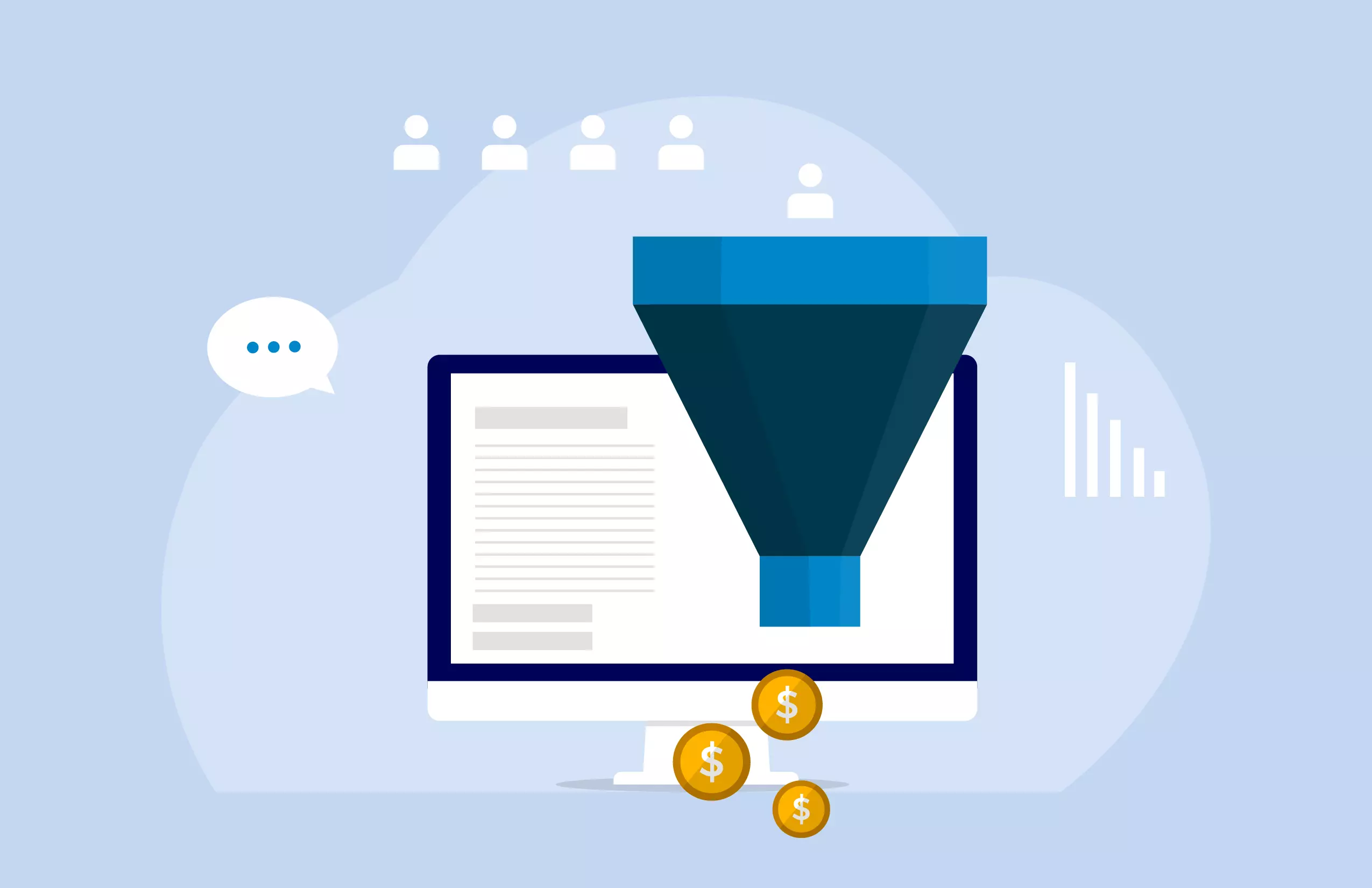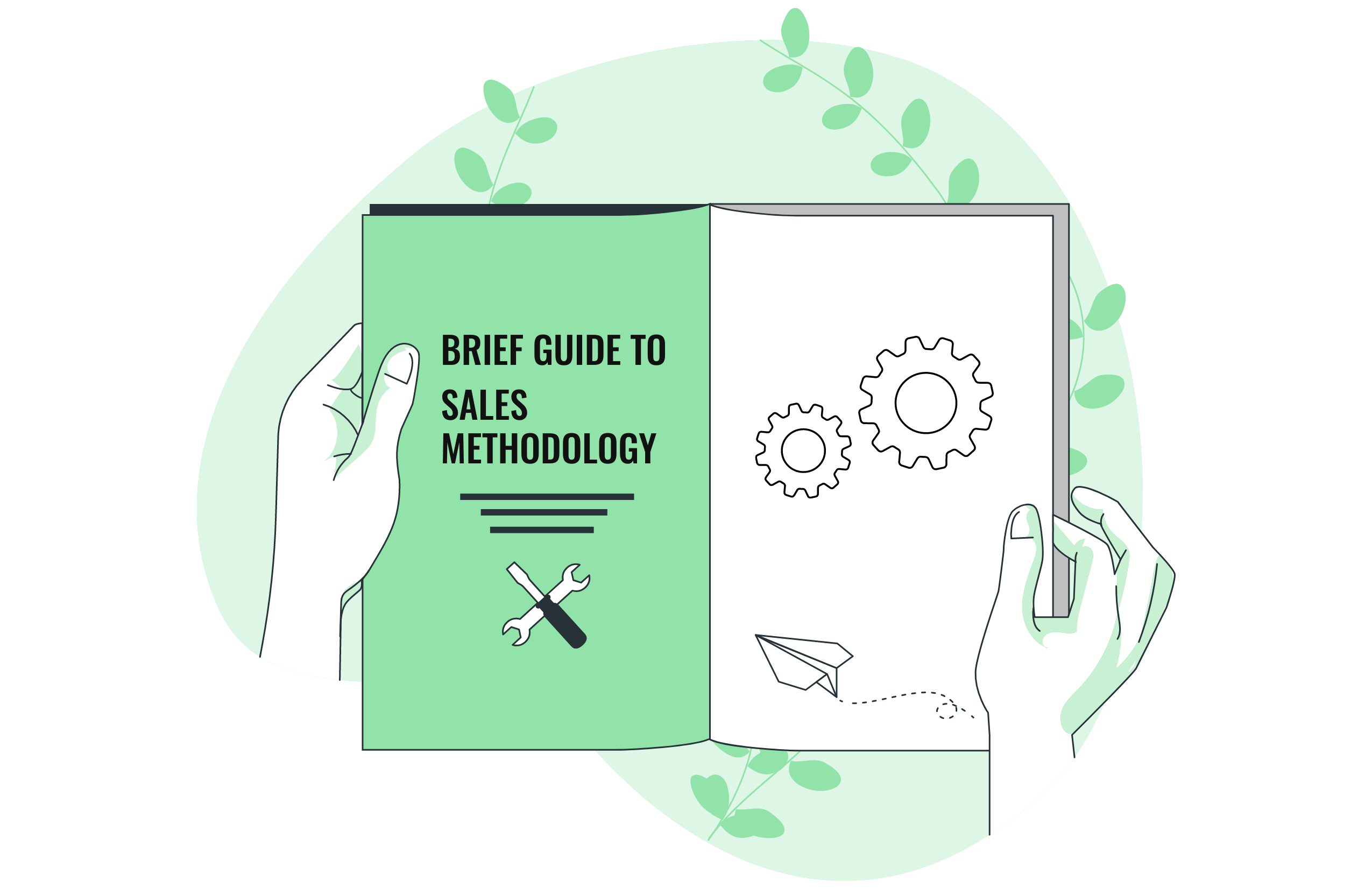
A Brief Knowledge On Sales Analysis: How To Perform An Effective Sales Analysis?
Table of Contents
A sale is an action that provides profit or income for any business, hence covering all of its expenses and costs. Every business relies heavily on sales. Nevertheless, there are various techniques to make a sale, both simple and challenging, and they differ from business to company. It is critical to do an analysis of the completed sale.
It is critical for the organization to understand not just how but additionally why a specific sale occurred and the reason why a sale did not occur, as well as to conduct an organized evaluation of accomplished sales. This enables them to provide a reasoned response to sales rather than depending on gut instinct. That is the reason why analysis of sales is performed on a regular basis. If you’re aware of sales critiques, they’re just sales analyses performed at frequent intervals.
What Is Sales Analysis?
Sales analysis is a method of determining how well your company operates with regard to sales. It gives information about the company’s plans for previous, current, and projected performance and may be used to estimate sales patterns, discover development prospects, and establish a comprehensive plan of action for your organization.
Understanding how sales are performing may be beneficial for firms, particularly if they wish to develop or make adjustments. Sales analysis findings ought to be disseminated throughout the company, and appropriate teams ought to continue to assist in identifying patterns, checking the current condition of your sales force, and evaluating results against targets. Here are some of the most common types of sales analysis sales leaders use to manage their sales teams and track sales performance.
9 Types Of Sales Analysis You Need To Know
Sales Trend Analysis
This is one of the techniques for sales analysis that uses past information to analyze income growth and decline and identify trends. It is additionally employed to determine whether the business has achieved its objective. Comparing the present year to previous ones and those equivalent time periods to last season’s performance is the concept. If matters are getting more severe, it means that you ought to develop a new plan of action.
Sales Performance Analysis
A sales performance analysis contrasts real sales with sales objectives while a sales trend analysis depicts patterns in sales as a whole. This is crucial for figuring out whether the present sales method is optimized to satisfy sales objectives. Managers might modify their approach or streamline their procedures to buck the pattern if the performance analysis shows that sales are falling short of expectations. Metrics like the conversion percentage, average transaction number, and average sales cycle duration are taken into account in a sales performance study.
Sales Pipeline Analysis
Before customers complete their purchases or leave their shopping carts empty, sales pipeline analysis tracks their movements. These analyses often include data from many sales sources or an array of engagements from a single channel. In order to increase the rate of conversion and complete deals, it discovered how sales professionals should communicate with clients. Businesses may find areas for development and any shortcomings or issues that might be adversely affecting the sales process by analyzing the various phases of the sales funnel.
Sales Effectiveness Analysis
A sales effectiveness analysis measures how successfully your sales force meets its sales goals. It provides responses to the following queries: (1) During the course of time, did the staff reach their objectives? And secondly, what can you do to assist them to operate better? Businesses frequently utilize data like average new sale size, sales process duration, and the percentage of salespeople hitting targets when conducting sales performance research.
To get knowledge about onboarding procedures and training expenditure, some additionally concentrate on potential hiring and sales speed-up times (i.e., the length of time it requires for a new salesperson to receive complete training from the moment they are employed).
Sales Product Analysis
Companies that sell a wide variety of products must frequently analyze product sales to find failing products. These products might crowd out a company’s catalog and have a detrimental effect on profitability. Managers may preserve their bottom line by considering sales of products and demographics of customers, such as by eliminating products that sit idle in inventory.
Sales Predictive Analysis
An innovative method for sales data predictive sales analysis aids salespersons in identifying possibilities and forecasting potential sales performance. To increase your investment in these domains, you may use predictive sales analysis tools to uncover the marketing strategies that are generating sales success. You may create customized offers for leads who are more inclined to become paying customers by analyzing your previous sales and predicting how probable a potential customer is to turn into an actual client.
Sales Diagnostic Analysis
The sales diagnostic analysis reveals the reasons for KPIs as well as how sales fluctuate over time, enabling advancements. If a business is worried that the sales of a well-liked product have fallen down, it may find that the real reason wasn’t bad customer service but rather the introduction of a closely related line of products by another company. With periodic diagnostic analysis reports, businesses can find emerging roadblocks and modify their sales strategy to stay competitive.
Sales Prescriptive Analysis
Sales prescriptive analysis examines promotional and customer information to advise salespeople on what products or services to sell to which customers and when to provide them. This is a simple study that may be an invaluable asset for salespeople by offering information about customers and potential clients to assist them make and recur purchases. This is particularly beneficial for determining which clients are more inclined to turn into recurring clients and which are not as inclined to purchase the company’s products and services repeatedly.
Market Research
Research on markets assists businesses in making sound choices for their businesses. Customers might be polled via a phone call, through emails, or in person using this approach. Kiosk surveys are another powerful tool that enables businesses to collect immediate feedback from customers in physical locations. Once you have a thorough understanding of the market circumstances, you can analyze the success of your business and discover your sales team’s limitations. It also reveals possible business prospects and provides a greater awareness of your customers’ demands, resulting in increased sales productivity.
Step By Step Guide On How To Perform A Proper Sales Analysis
Define Your Goal And Then Pick Your Strategy For Sales Analysis
You have to first understand what it is you’re searching for and why prior to you start analyzing your data. What are you hoping to achieve by analyzing your data? What is the primary data source you wish to monitor? Do you, for instance, wish to concentrate on client retention rates? Then there’s post-sales data to consider, such as NPS ratings, client engagement statistics, and turnover rates. By utilizing NPS tools, you can efficiently collect and analyze customer feedback to make data-driven decisions.
Once you’ve determined your main goal, choose the best approach (or methodologies) for the sales analysis. When it regards completing a sales analysis, there are several strategies to choose from. As a result, it will be determined by the goals of your business.
Identify The Sales Data To Analyze
To generate significant conclusions that favorably affect your bottom line, you must analyze the correct type of sales data. Start by setting goals for the areas or products whose revenue growth you wish to improve. Following that, you must determine your data resources, the factors that are important to your aforementioned goals, and the performance measures on which you will rely.
Finally, decide on a time frame for gathering your data. According to your needs, you can choose a daily, weekly, quarterly, monthly, or annual timeframe. Frequent monitoring is crucial, and when doing special offers, you may wish to do analysis more regularly. To acquire a greater understanding of your sales performance, numerous analytical methodologies, such as SWOT analysis, must be considered.
Select A Sales Analysis Method
Sales analysis of data is an essential step for companies that are interested in better comprehending their sales efficiency, spot patterns, and making educated decisions to increase sales productivity. There are various strategies and approaches that sales teams may utilize to successfully analyze sales data.
Companies must also effectively analyze and operate on the data, connect sales analysis of data with larger business plans and goals, and assess and improve the sales data analysis processes on a regular basis so that they stay successful and pertinent. Businesses may obtain useful knowledge about their sales effectiveness, discover opportunities for development, and take data-driven choices to enhance their overall company success by employing such sales data analysis methodologies and procedures.
Generate and Deliver A Sales Report
Finally, a sales analysis approach may be a valuable tool for creating precise sales estimates. Your team may organize critical data that offers managers a sense of what you plan to achieve in the near future through the utilization of the information you obtained via collecting, analyzing, and engaging with customers.
The average revenue from sales per period of accounting, average client acquisition per time frame, average production expenses, average advertising and marketing spend per period, and total profit from sales are all facets of the sales performance evaluation that may contribute to greater precise forecasts.
Apply Your Sales Analysis Results
It is finally time to examine what you’ve discovered. At this step, you will be comparing your quantifiable targets to the data you recorded using the sales analytics tool. Use the information gathered from your sales analytics to guide your subsequent sales efforts.
Implement the information you’ve learned to better predict consumer and prospect behavior. In a commercial instance, you can use data on how your products perform with decreased prices to strategically discount and advertise the products that are most attractive to deal-hungry customers. It may appear apparent, yet it deserves to be included on this list. Use your analysis and perform them on a regular basis to continuously enhance your sales operations.
Bottom Line
All top-level management decision-making is dependent on sales analysis; for example, if a product isn’t selling, the business might opt to discontinue it. Analyzing sales data allows us to determine which chances we lost or were unable to capture previously and the way we can attain them in the near future.
When an organization decides to introduce a new product, it bases its decision on sales analysis, which reveals current market conditions and customer purchasing patterns. Because customers’ purchasing patterns fluctuate based on the date and circumstance, sale analysis also indicates when it’s appropriate for the product to be introduced, whether regular or off-season, festivals, or holidays.













































































